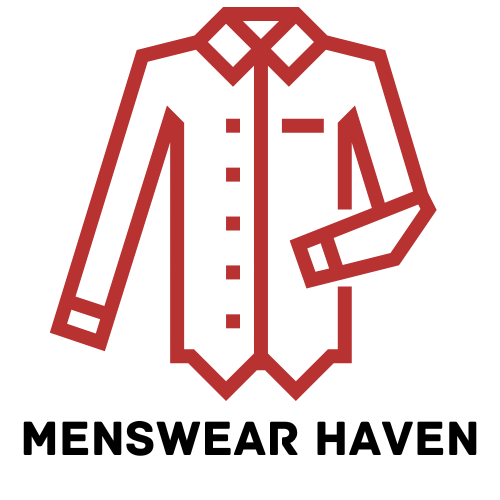Fashion is a dynamic reflection of culture, society, and individual expression. Just as history shapes the world we live in, it also leaves its mark on the garments we wear. The evolution of men's fashion throughout the decades is a fascinating journey, marked by significant shifts in style, attitude, and identity.
1920s: The Era of Elegance The 1920s ushered in a new era of liberation and opulence. Men's fashion reflected this spirit with the introduction of the iconic three-piece suit, characterized by narrow lapels, high-waisted trousers, and sophisticated accessories such as bow ties and pocket squares. The silhouette was tailored and refined, exuding an air of confidence and sophistication.
1930s-1940s: Utility and Resilience The Great Depression and World War II brought about a shift towards practicality and resilience in men's fashion. Suits became more streamlined, with a focus on durability and functionality. Earthy tones and muted colors dominated the palette, reflecting the somber mood of the times. Utility garments like trench coats and workwear-inspired ensembles became staples of men's wardrobes, embodying a sense of rugged masculinity.
1950s-1960s: The Rise of Casual Cool The post-war era witnessed a resurgence of optimism and prosperity, reflected in the vibrant and youthful aesthetic of men's fashion. The 1950s saw the emergence of iconic styles such as the rebel-inspired leather jacket and the preppy Ivy League look characterized by tailored blazers and chinos. As the 1960s unfolded, a cultural revolution swept across the globe, paving the way for the rise of countercultural movements and subversive fashion trends. From the mod-inspired sharp suits of Carnaby Street to the free-spirited bohemian attire of the hippie movement, men's fashion became a canvas for self-expression and rebellion.
1970s-1980s: Decadence and Excess The 1970s and 1980s epitomized an era of decadence and excess, reflected in the flamboyant and extravagant styles of the time. Disco fever influenced men's fashion with bold patterns, wide lapels, and flashy accessories taking center stage. The rise of luxury brands and designer labels fueled a culture of conspicuous consumption, as men embraced power dressing with tailored suits and oversized shoulder pads symbolizing authority and success.
1990s-Present: The Era of Eclecticism The turn of the millennium ushered in an era of eclecticism and individualism in men's fashion. As boundaries blurred and cultural influences merged, fashion became a melting pot of diverse styles and references. From the minimalist aesthetic of the 1990s to the streetwear revolution of the 2000s, men's fashion embraced diversity and inclusivity like never before. Today, the landscape of men's fashion is characterized by a fusion of heritage and innovation, tradition and experimentation, reflecting the ever-evolving nature of style and self-expression.
In conclusion, the evolution of men's fashion through the decades is a testament to the transformative power of clothing. From the refined elegance of the 1920s to the eclectic mash-up of styles in the present day, each era leaves its unique imprint on the sartorial landscape, shaping not only how men dress but also how they see themselves and the world around them.

